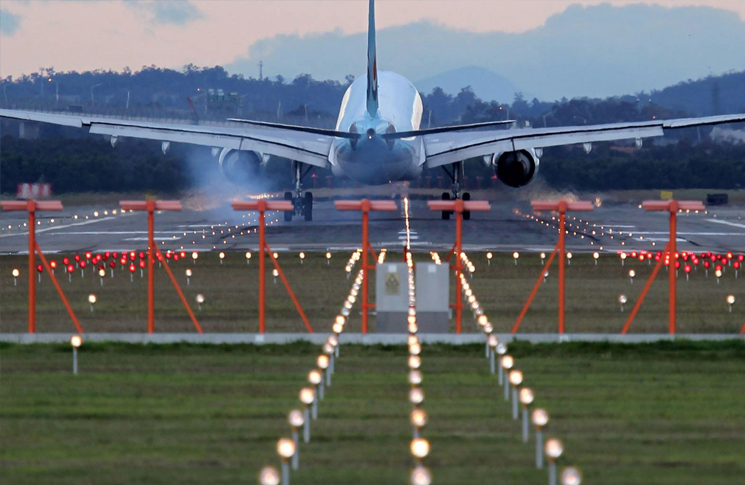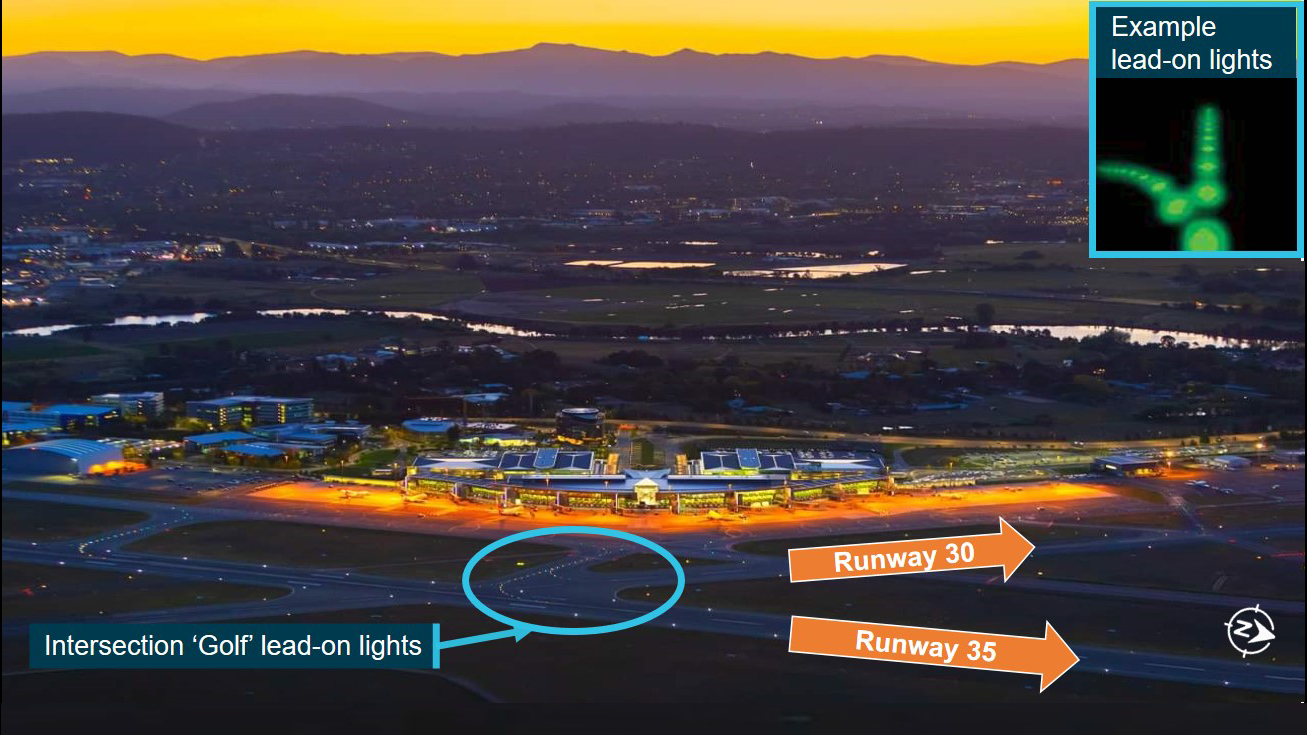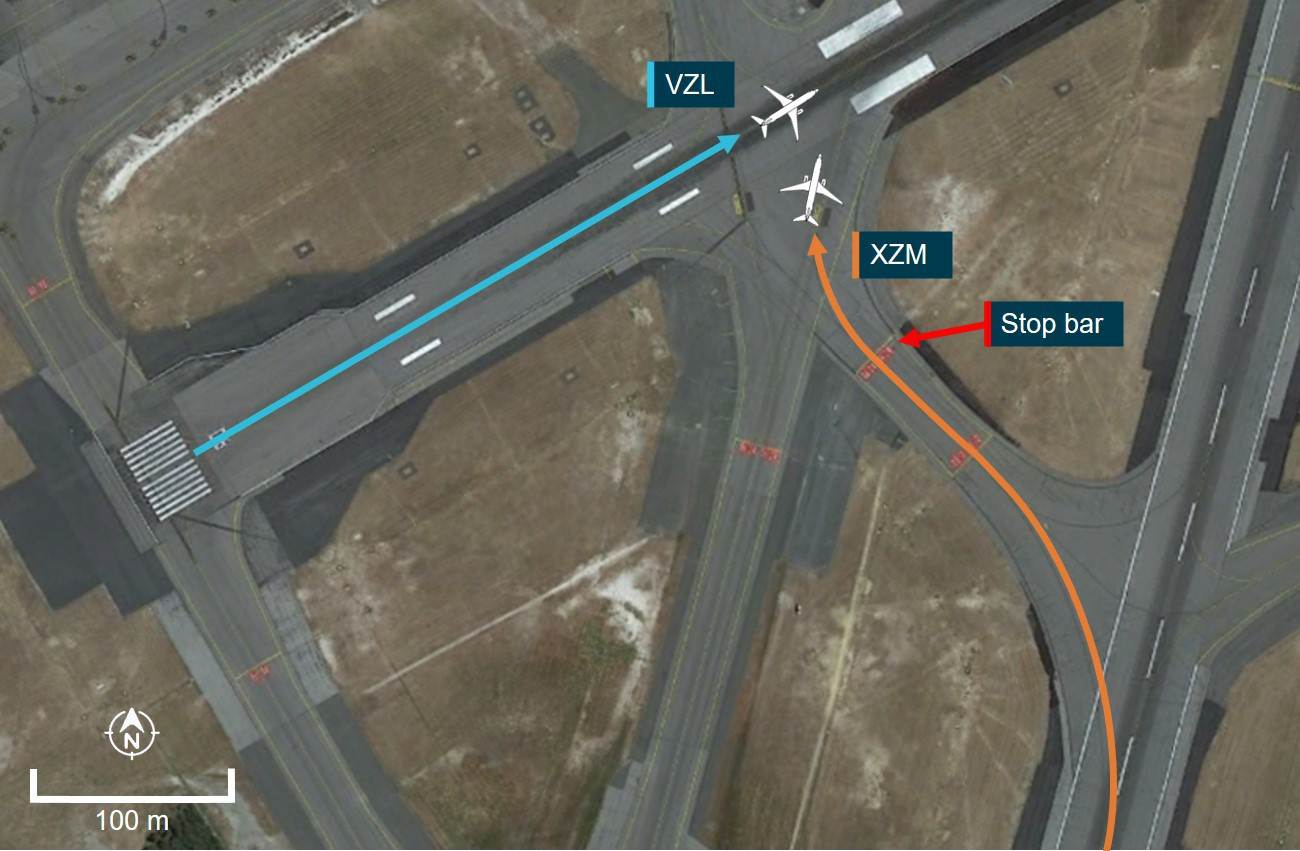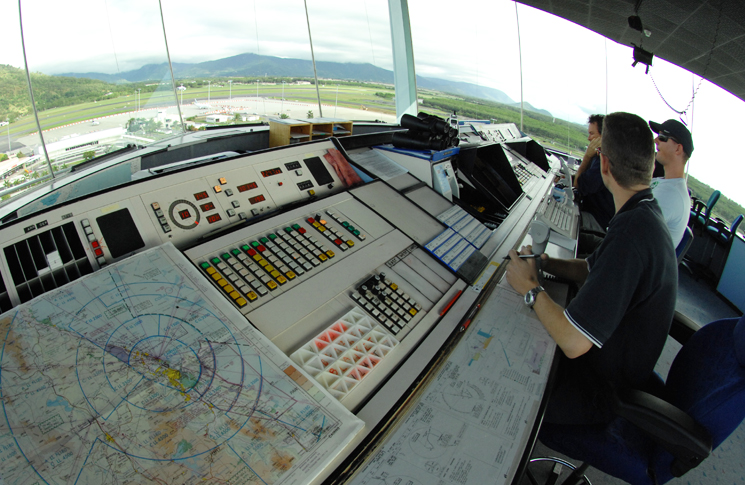It is well documented that runway safety is one of the most significant risks to safe aviation operations. One of the ways to reduce this risk, is the establishment of local runway safety teams (LRSTs).
LRSTs have been shown to improve runway safety outcomes across the globe, where their purpose is to identify current and emerging issues relating to runway safety at the particular aerodrome and to implement initiatives in a targeted, tailored and timely manner to assure the safety of operations.
How does a LRST enhance runway safety?
By bringing stakeholders at an aerodrome together, LRSTs enhance runway safety through developing a joint understanding of difficulties among different areas/functions of an aerodrome, facilitate the opportunity to share data, emerging threats, lessons learnt and key initiatives, work to identify hot spots or problem areas at an aerodrome and suggest improvements.
While this work is great in enhancing runway safety, all of this is underpinned by active participation from members of an LRST, which should include:
- aerodrome operator
- airlines or aircraft operators
- aviation rescue fire fighting
- pilot associations
- air traffic control
- any other group with direct involvement in runway operations.
Many airports have existing forums/meetings with aerodrome stakeholders and if this is the case, the addition of a runway safety topic on the agenda can be useful in contributing to enhancing runway safety.
There are also many supporting materials for LRSTs and runway safety in general on the Airservices runway safety webpage, which includes runway safety guides (from both Airservices and ICAO), videos, aerodrome hot spot tip sheets and safety bulletins.
If you have any questions about runway safety, or would like support in establishing a LRST, email runway.safety@airservicesaustralia.com





